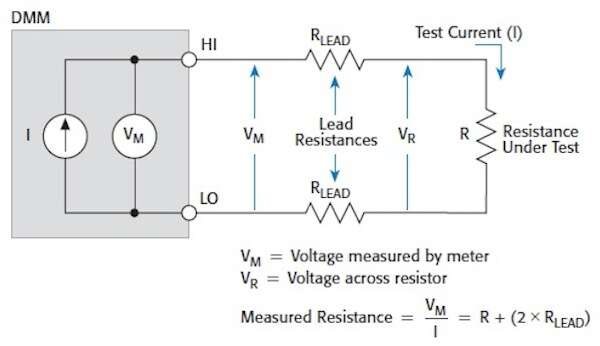Other Parts Discussed in Thread: INA333, INA226
I understand voltage source (0-26V) is connected to IN+. This assumes a voltage source for the circuit. However my experiment deals with current source. A sample circuit diagram is provided wherein a current source is used and the idea with INA3221 as the Vm (voltage meter). My question is, can IN+ receive analog input from a current source (and not a voltage source as seen in datasheets)?




